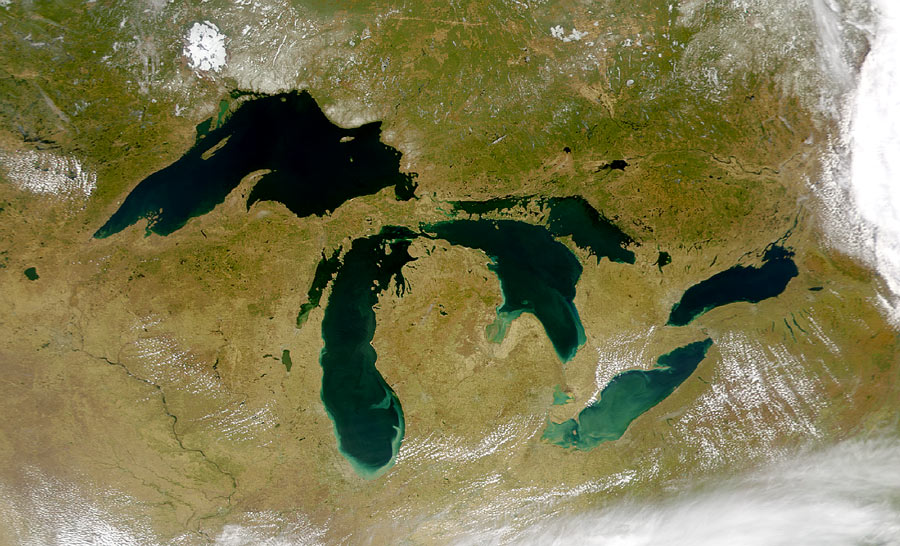Following a summer of relentless hot and dry weather, the Environmental Commissioner of Ontario warned this week that the Ontario government is not doing enough to protect our water resources against the threat of continued dry spells and drought.
Gord Miller made the comments during the release of Part 2 of his 2011/2012 Annual Report, Losing Our Touch. “Despite Ontario’s reputation for being water-rich, we are not immune to the threat of drought. This summer, several parts of Ontario saw exceptionally dry conditions, creating challenges for farmers, businesses and communities, and placing stress on the natural environment. The government can’t control the weather,” says Miller “but it does have a duty to ensure that water-takings are being managed carefully, and not making dry conditions worse.”
The environmental commissioner points out that sizeable removals of water – by municipalities, industries, farmers and golf courses – can contribute to, and exacerbate, low water conditions. “The Ontario government’s ‘Permit to Take Water’ and ‘Low Water Response’ programs are supposed to prevent water-takings from harming our aquatic ecosystems,” says Miller. “Yet, both programs lack key elements to protect our lakes, rivers, streams and aquifers.”
The Ministry of the Environment’s (MOE) Permit To Take Water (PTTW) program is intended to regulate water-takings in a way that protects the natural environment and ensures the fair sharing of our water resources. While several aspects of the program have been improved in recent years, the Commissioner found the PTTW program still lacks some necessary tools to adequately protect the long-term needs of the aquatic environment, especially in times of drought.
The commissioner also examined recent updates by the Ministry of Natural Resources to its “Ontario Low Water Response Plan” – the strategy for responding to severe low water conditions. The Commissioner says the plan has too many barriers preventing an effective drought response, particularly the heavy reliance on voluntary efforts rather than requiring permit holders and other users to reduce water usage during low water conditions. He also says it is extremely difficult to get a provincial declaration of a “Level III”, the most serious low water condition, which would trigger actions to force reductions in water use. “The end result,” says Miller “is that low water conditions may persist for weeks or months before crucial drought response measures such as restricting non-essential water uses are activated.”
“When a drought hits a region, time is of the essence,” says the Commissioner. “I am extremely concerned that the province will not respond swiftly and appropriately when the next severe drought hits Ontario. And with climate change likely to cause more severe weather events – like droughts – in coming years, it is even more pressing that the province fix this program quickly.”










It sounds as though a program such as water metering and scaleable levels of water restriction be clear marked by the regulating authority and then voted on by each PTTW constituent to make it binding between them. That way people drawing on any reservoir knows of the regulation and has agreed to it. Easy access to which level of water restriction is in place will help consumers to be compliant to it. Executive authority to arbitrarily cut water usage should be reserved to extreme conditions and the customer should be allowed to store an amount of water before such a restriction be put into place.
It sounds as though a program such as water metering and scaleable levels of water restriction be clear marked by the regulating authority and then voted on by each PTTW constituent to make it binding between them. That way people drawing on any reservoir knows of the regulation and has agreed to it. Easy access to which level of water restriction is in place will help consumers to be compliant to it. Executive authority to arbitrarily cut water usage should be reserved to extreme conditions and the customer should be allowed to store an amount of water before such a restriction be put into place.